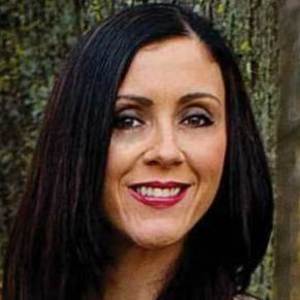It All Adds Up




March 7, 2018
BY Anna Simet
Every year, Biomass Magazine dedicates an issue to project development and plant construction. What I find most compelling when writing on this broad topic are all the moving parts that need to come together for a proposed plan to become a reality. It isn’t simply a matter of assembling a team, raising funds and building. There are many other obstacles to overcome, and they’re unique to each project.
Take Ron Kotrba’s page-20 Feature, “Powering Paradise,” as a prime example. It’s the first standalone, greenfield biomass power plant that I can recall being built in the U.S. in several years. When we launched our U.S. biomass power map over a decade ago, I remember making calls to the developers of this proposed project, which was fresh out of the gate at the time. And, as many projects like it do, it remained on our proposed list for a long time, while it navigated the white waters of project development. As we all know, many more projects sink than float, but this one did not, and its success could help pave the way to many more like it. Soon to come online, the facility will use fast-growing eucalyptus trees to generate 30 MW of power on the big island of Hawaii.
While many large-scale projects fail before one comes along that will succeed, it isn’t much different from the smaller commercial space, which has a series of its own hurdles to overcome, the steepest of which are upfront capital costs and financing. In my page-36 story, “Wood Heat State of Mind,” I write about the attempted high-efficiency, low-emitting wood heat build-out underway in New York. In the article, I mention how much wood heat has grown in the state—by about 60 percent in less than a decade, but the problem is that many devices in use are inefficient and polluting. And, the use of modern wood heating in commercial and industrial applications hasn’t gained a ton of momentum. In an effort to change these things, NYSERDA’s Renewable Heat NY project is helping fund projects small and large—I detail one underway in Essex County’s Ray Brooks, that will utilize pellets in a three-boiler system to heat some government agency buildings. It is projects like this one that will demonstrate the benefits of modern wood heating for similar applications, and, with the help of stakeholders and wood head advocacy groups across the state, Renewable Heat NY will help them move forward.
Other articles in this issue are about black pellet industry advances, tax code changes and the major influence feedstock supply has on a project’s success. If there’s takeaway from reading all of these stories, it’s that the people who work and believe in this industry are dedicated and determined. From every new home pellet boiler installation to every years’ long development process for a commercial bioenergy plant, they’re changing the energy landscape, one project at a time.
Author: Anna Simet
Editor
asimet@bbiinternational.com
Advertisement
Advertisement
Advertisement
Advertisement
Upcoming Events





